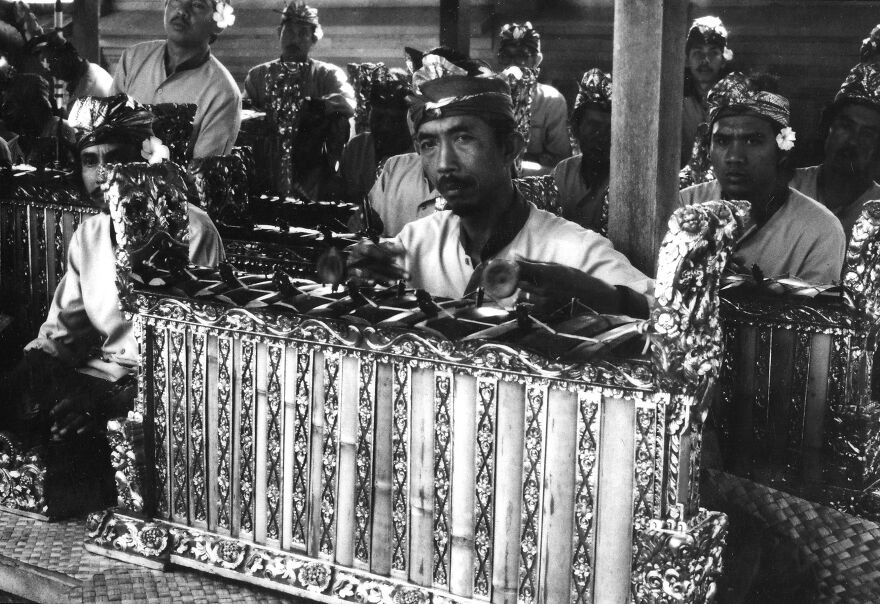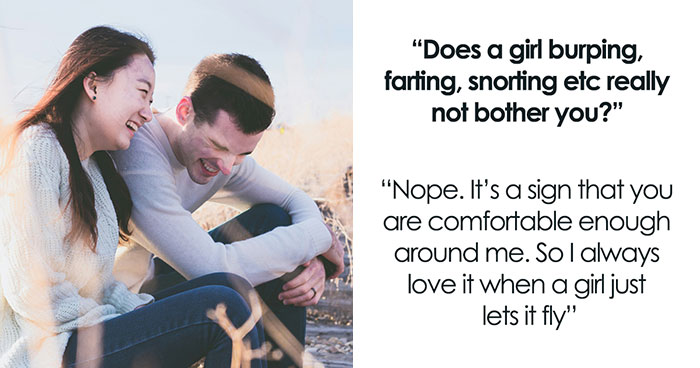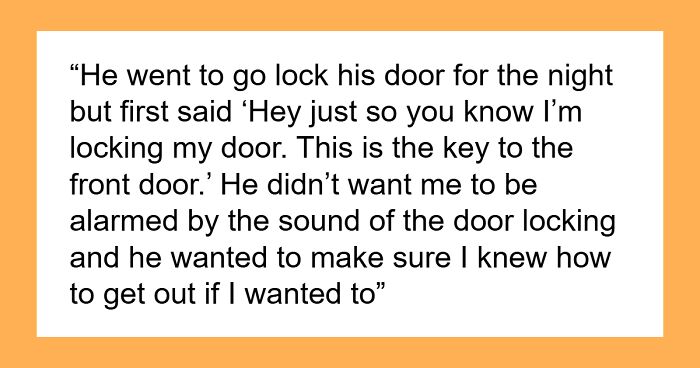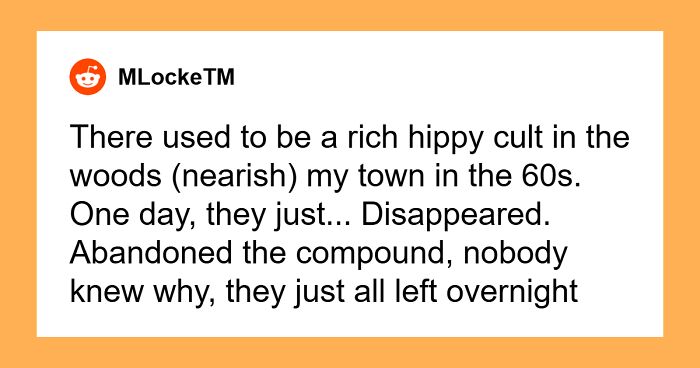My name is Ray Holland and I was based in Osaka, Japan for 23 years (1981 - 2004). Now, having spent the last 20 years of my life back here in Cambridge, I am planning to spend the final quarter of my life back in Japan, with my young family.
After studying photography here in the U.K., I originally went to Japan to photograph Asia and send the images back to a color library in London. I then took a job as an assistant in the largest commercial photography studio in Osaka (Yamagishi Studio) where I learned more in three months than in three years at photography college (Farnham, Surrey). Studio work taught me how to re-create natural light (much brighter than the U.K.) needed for interiors (kitchens), fashion, and catalog work. We began to anticipate the photographer's style and usually set up the lighting before he took control. We kept a watchful eye on the subject in case something needed correcting. A hair over the model’s face would have us competing to rush in front of the camera and 'blow' it away. No Photoshop then and no allowance for mistakes. No digital photography.
This post may include affiliate links.
Learning to speak Japanese fluently was a must and I put in the necessary study time. I practiced in the studio.
I was fortunate to travel on location with the photographer to Los Angeles, Guam, and Okinawa. As a native speaker, it was my job to arrange locations, model interviews, short-term apartments, and super-large motor homes to keep everyone cool while traveling from one location to another. The designer, the hair/make-up guy, and someone providing the props came with us. Evenings were a good time to relax.
Rice Planting Festival, Osaka Suburbs
Back in the studio, working with the other six Japanese assistants was hard: starting at 8 0'clock every morning and not knowing what time we would finish in the evening. Keeping dates after work was hard and living on Y5,000 a day was a struggle. Quite often Saturday work as well. One time we worked from 8' o clock in the morning until 8 o'clock. The next morning!
I have always enjoyed black and white photography and an appreciation of photographers who 'capture the moment'. This means getting involved with the scene to such an extent that it is possible to anticipate and wait for that moment. I was taught at college to have an 'opinion' which comes through in the picture. I was always pushed to have a political opinion (socialist), of course. Rather, I have a love of humanity. Armed with a camera and a smile allows the photographer to instantly communicate with complete strangers, anywhere in the world. Isn't that wonderful? Things are changing now, of course, and I would not dare photograph children, especially here in the U.K. I would also take care when photographing adults here without asking permission. By then the 'moment' has passed.
Summer Festival, Kobe, Japan
Osaka Aquarium, Osaka, Japan
One other invaluable tip which I also got from time spent at Farnham was to see a photograph as a flat rectangular surface. Pretty obvious, of course, but important to get an appreciation and sense of composition by dividing that rectangle in so many ways. I was told to go out and photograph one object ( a park bench) in one hundred different ways from different angles. All in black and white. Then to examine all the shots one by one, getting rid of all but three. Then, re-examine the remainder and puzzle out why they worked. After that, go and repeat the process, taking another one hundred shots. Then choose one!
I repeated this exercise on several other subjects, one of which was a car. I can promise you that it gives a fantastic sense of composition needing no thought. That sense will continue being useful, not just with objects, but with people, and brings an ability to use body shapes in the same way. Using arms legs and heads, seeing them as shapes within the rectangle. People are halfway in the shot while others are on their way out. Or sitting in an incomplete circle. Once that is perfected, it will be time to move on to color images.
Summer Festival, Osaka, Japan
Summer Festival, Kobe, Japan
So here are some of the documentary pictures taken in Japan and other places. More recently in the UK.
This morning I was talking to my son, (14 years) who loves photography. We are planning to photograph Japan, each from our own appreciation. Age would also be a factor in how these pictures are taken. Perhaps a book! The pictures we take now would be of a very different Japan to the one that I encountered on that first hot, humid day in August 1981

 Dark Mode
Dark Mode 

 No fees, cancel anytime
No fees, cancel anytime 




















































